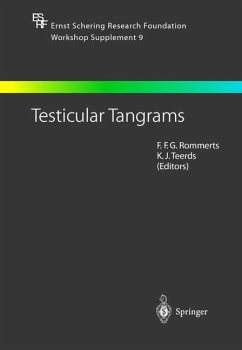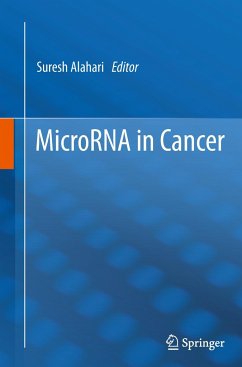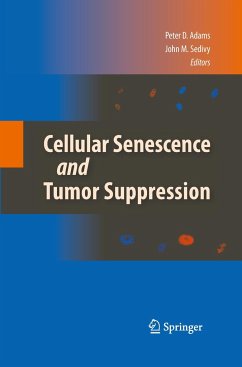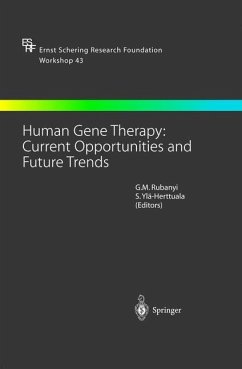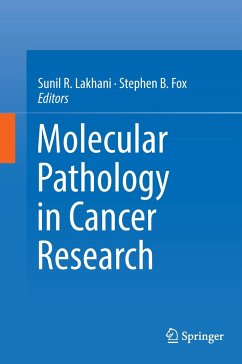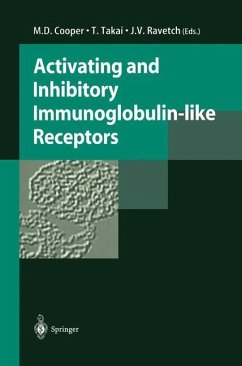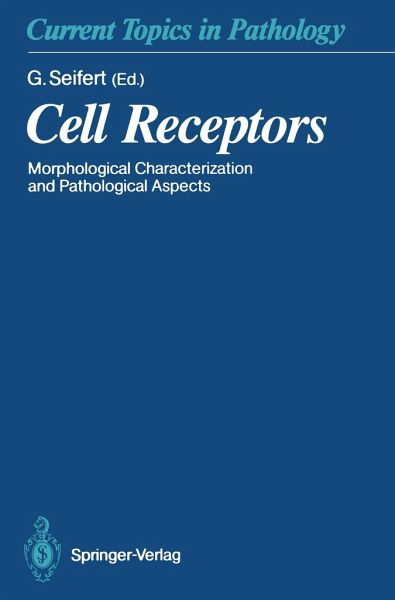
Cell Receptors
Morphological Characterization and Pathological Aspects
Herausgegeben: Seifert, Gerhard;Mitarbeit: Beisiegel, U.; Buck, F.; Childs, G. V.; Damjanov, I.; Dietel, M.; Griesser, H.; Hesch, R. D.; Höfler, H.; Jensen, E. V.; Jonat, W.; Jüppner, H.; Karlson, P.; Krei

PAYBACK Punkte
20 °P sammeln!
The methods of molecular biology, biochemistry, immunocytochem istry, and in-situ hybridization introduce new opportunities for the classification and functional characterization of cell receptors under normal conditions and for a better understanding of pathogenetic mechanisms in human diseases. The cellular localization and trans location of receptor proteins can be identified using morphological methods, and it is apparent that receptors and receptor defects play an important role in pathology, notably in genetic diseases, endocrine disorders, atherosclerosis, infections, and cancer. In thi...
The methods of molecular biology, biochemistry, immunocytochem istry, and in-situ hybridization introduce new opportunities for the classification and functional characterization of cell receptors under normal conditions and for a better understanding of pathogenetic mechanisms in human diseases. The cellular localization and trans location of receptor proteins can be identified using morphological methods, and it is apparent that receptors and receptor defects play an important role in pathology, notably in genetic diseases, endocrine disorders, atherosclerosis, infections, and cancer. In this volume in ternational experts give a current review of the morphology and pathological aspects of cell receptors. The complex communication of multicellular organisms is coordi nated by two regulatory systems: neural and humoral. Both systems function via signaling substances (ligands) and signal-recognizing and -transmitting molecules, called receptors. The historical develop ment of the receptor concept is based upon Paul Ehrlich's theory of "receptors in the immune system," Langley's "receptive substances in postssynaptic membranes," and Earl Sutherland's discovery of "sec ond messengers" (cAMP and Ca2+).





